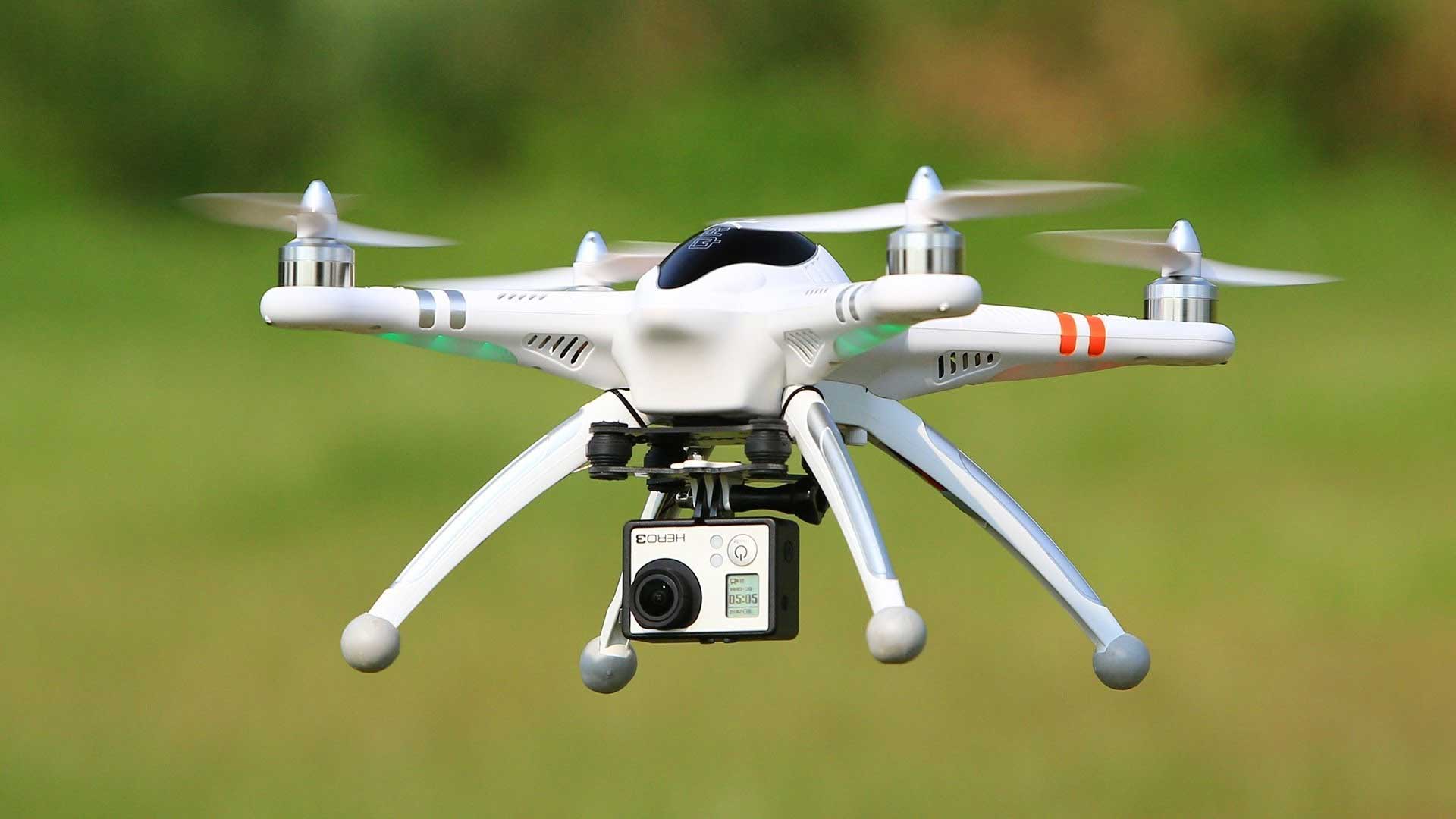Drone operations have spurred innovation within the aviation industry globally. In Kenya, drones have captured the interest of individuals and organizations alike, for leisure and commercial use.
While there still remain concerns such as safety and security issues, this aviation sub-sector is bound for exponential growth and expansion. In line with this, there are certain guidelines that one needs to abide by, to legally import, own and operate a drone either as an individual or as an entity.
Unmanned Aircraft Systems (UAS), popularly known as drones, are subject to regulatory scrutiny from the Kenya Civil Aviation Authority (KCAA) under the Civil Aviation (Unmanned Aircraft Systems) Regulations, 2020.
Charges for Owning/Bringing a Drone to Kenya
Citizens, residents, businesses, and governments can own a drone in Kenya. Under the new regulations, the operation of a drone with the Kenyan airspace needs one to register it with KCAA at a Ksh 3,000 fee.
Foreign nationals cannot own a drone in Kenya. They are however allowed to lease a drone locally for the duration of time they shall be in the country, or apply to the Authority prior to their visit for a 30-day temporary permit at a Ksh 20,000 fee.
It is also worth noting that drone ownership cannot be transferred without the approval of the KCAA. The purpose of the UAS and risk to public safety and security form the basis for consideration by the Authority in registering, issuing approvals, and authorizations for operations.
Rules of Operation
The Civil Aviation (Unmanned Aircraft Systems) Regulations, 2020 categorizes drones based on the risks posed by their operations, from low risks to high risks under categories, A, B, and C:
- Category A: low risk (up to 25 kg)
- Category B: medium, normal risk
- Category C: high risk
An operator will require a Remote Pilot License for drone flights in categories B and C. The low-risk drones require registration, a permit certificate, and compliance with rules that state that:
- One cannot fly a drone above 400 feet Above Ground Level (AGL) or within 164 feet (50 meters) of any person, vessel, or vehicle that is not a part of the operation
- Flying a drone in non-visual meteorological conditions or at night is prohibited unless authorized by KCAA
- Operating a UAS over or along public roads at a distance of less than 164 feet (50 meters) is not permitted
- An operator shall not use public roads as take-off or landing places.
Charges levied to drone owners will therefore vary based on the drone’s categorization as well as its use. Below are the charges stipulated under the Civil Aviation (Regulatory Fees and Charges for Unmanned Aircraft Systems) Regulations, 2020, that KCAA will use to determine the costs required for one to operate a drone locally.
If the drone shall be used for commercial purposes, the Remote Aircraft Operators Certificate must be applied 90 days in advance.
The authority can also suspend a drone license or cancel it in the interest of public safety or national security, or for violating requirements and conditions

